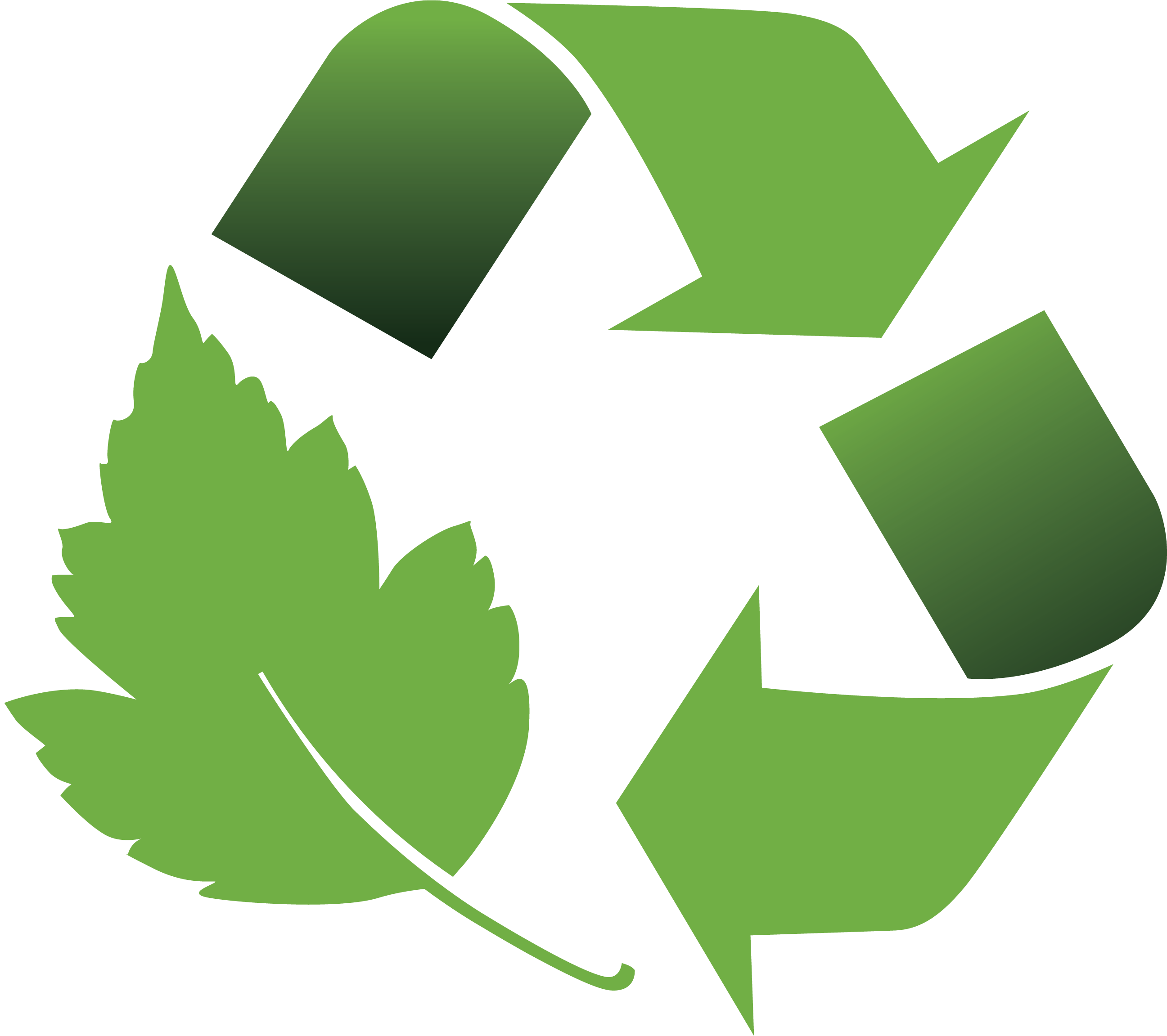Leather Jewelry = Tarnish Problems

If you’ve been following the jewelry industry lately, you may have noticed a new trend. Manufacturers and DIY’ers alikehave taken to making leather jewelry, combining the earthy tone and feel of leather with the allure and elegance of precious metals and gemstones.
Pieces of leather jewelry are often times unique and eye-catching, creating juxtaposition between the primitive and pristine.
The seemingly unrefined leather foundations of these pieces, however, are actually quite the opposite. By the time leather reaches jewelry manufacturers and DIY’ers in order to be used in jewelry, it has undergone an extensive manufacturing and production process of its own.
While leather based jewelry may look appealing initially, retailers, manufacturers, DIY’ers and jewelry owners themselves should be forewarned that leather can cause tarnish.

AN OVERVIEW
Often times, jewelry comprised of leather or stored in leather pouches/cases will blacken any nearby metals rapidly, due to the various chemicals contained in the leather itself.
These chemicals reside in the leather as byproducts of its production process, which involves multiple steps: prepping, tanning, re-tanning and surface coating.
Of these four steps, the tanning process is the most consequential in terms of whether or not the leather will produce tarnish on precious metals, something we’ll talk about a little later on.


THE PREPARATORY PROCESS
During the preparatory process, an animal hide is preserved, soaked, unhaired, limed, de-limed and bleached (among other things). It’s vital to realize that the common denominator used in the preparatory processes are sulfur compounds, such as Sodium Sulfide (Na2S), Sodium Hydrosulfite (Na2S2O4), Hydrogen Sulfide (H2S) and Sodium Sulfhydrate (NaHS).
While the large majority of these sulfide compounds would in all likelihood be removed from the leather by the conclusion of the leather making process, there is the remote chance that they’re still residing in the material.
If that does end up being the case, then you’re precious metals and gemstones will later be placed in/on/with one of the leading causes of tarnish – sulfide gases – that have been sitting dormant and waiting to strike!
...Okay, so it’s not that dramatic, but you do get the general idea. If during the preparatory process of leather making the sulfide gases are not fully washed out, there will be problems for your silver jewelry and other keepsake items later on.
There seems to be some skepticism regarding whether or not the sulfide compounds used at the beginning of the preparatory processes could still be contained in the leather and acting as the culprit of tarnish on your jewelry, however, it’s not out of the realm of possibility.


THE TANNING PROCESS
Assuming that the sulfide chemical compounds used at the onset of the preparatory process are taken care of and systematically eliminated during the next three stages of leather production, you’re still not in the clear.
Customarily, it’s the tanning process that gives leather its tarnishing properties. Essentially, there are two primary methods through which leather is tanned, Vegetable Tanning and Chrome Tanning, and both result in metal tarnish:
1. Vegetable Tanning uses “tannins” - yellowish/brownish organic substances present in some barks and other plant tissues, consisting of derivatives of Gallic acid.Tannins bind to the collagen proteins of the animal hide and coat them, causing them to become less water-soluble and more resistant to bacterial attack, while also allowing the hide to become more flexible. While tannins are effective at making leather more water resistant and durable, they alsorelease corrosive gases.
That means that any leather tanned through the use of tannins will eventually tarnish any precious metals it comes into contact with.
2. Chrome Tanning, arguably the most common tanning method used today, involves the process of introducing Chromium to an animal hide while its pH level is still high. The hide then absorbs the chromium complexes through its fibers, where it then undergoes “basification” and its pH levels are raised again. According to multiple publications,Chromium Sulfate has long been regarded as "the most efficient and effective tanning agent”, and is often times used in place of Vegetable Tannins. Nevertheless, you may have noticed the presence of that sulfide compound again, and you know what that means…corrosion and tarnish.
Additionally, the high pH levels used in the chrome tanning process act as tarnish stimuli later on.


SURFACE COATING
After the tanning process itself, and depending on the intended final application of the leather, the hide may be waxed, lubricated, injected with oil, shaved and, usually dyed.
These leather dyes are another catalyst of jewelry and precious metal tarnish.
Depending on the dyes’ ingredients and active chemicals, the leather it is sprayed onto may inevitably become a tarnish promoter. Different surface coatings are deposited on different pieces of leather in order to attain a certain look and feel, meaning the bands or strips of leather in your jewelry could contain any number of harmful chemicals with concern to your precious metals.

IN SHORT...
Whether or not the initial sulfide gases used in the preparatory process are gone by the time a piece of leather is in the customer’s hands, the tanning processes themselves still leave agents of tarnish along in leather.
Whether it’s by vegetable tannins or through chromium sulfate, the leather’s means of being tanned result in gases that, when put into contact with precious metals, can cause corrosion.
So while jewelry that incorporates leather may look pretty, its important to note that it will most assuredly begin to darken any silver on the piece. Taking this into consideration, proper anti tarnish measures must be taken in order to maintain leather jewelry's charm.
If you're interested in learning a bit more about the leather tanning process, here's a quick video:




